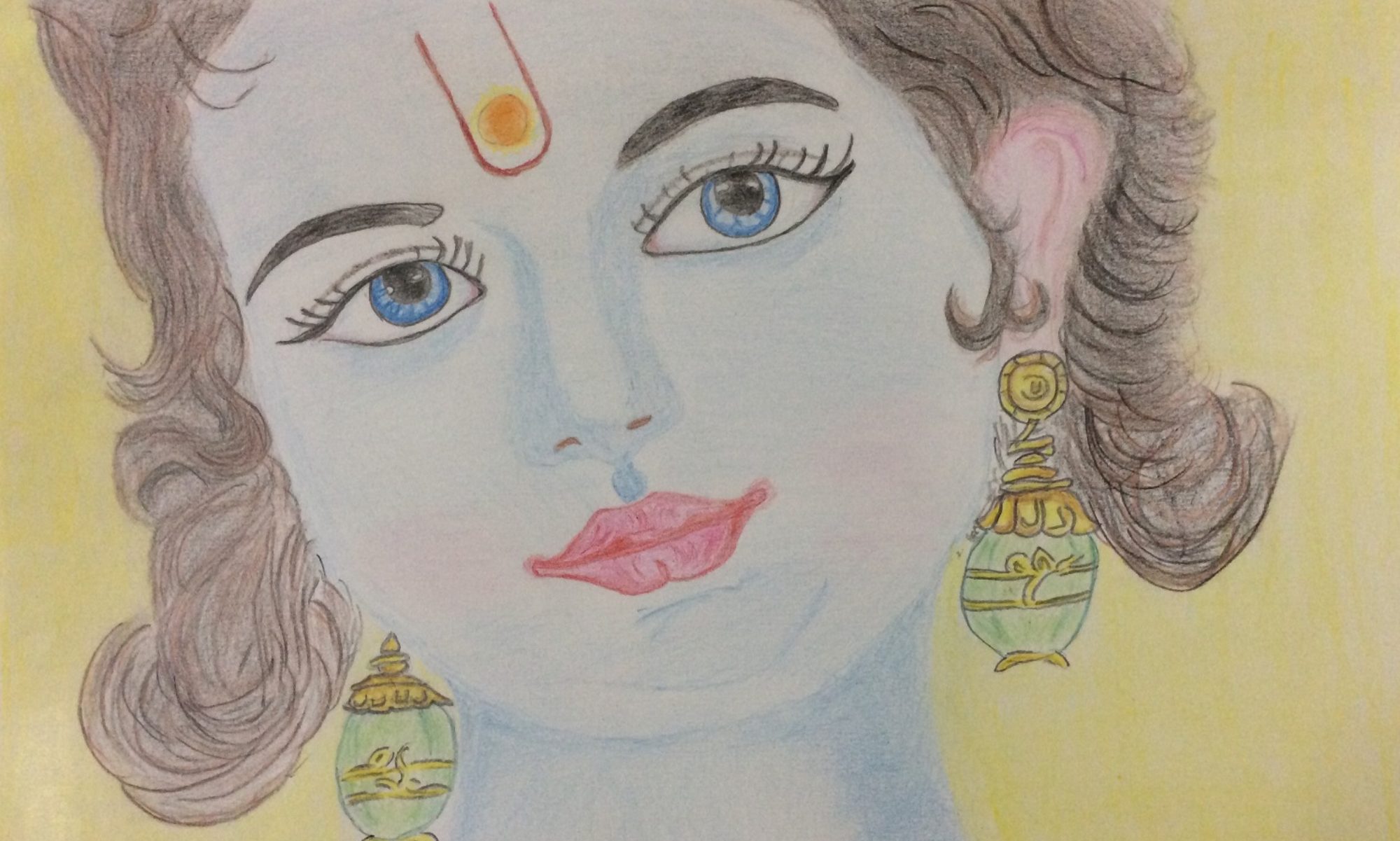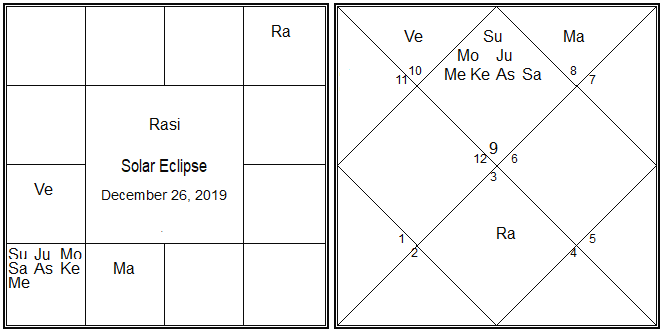The world celebrates 21st June as International Yoga Day. The common man’s interpretation of the word “Yoga” is that of  various physical exercises & postures for a healthy body & mind. While of course this is true, the word ‘Yoga’ has more to it than just the ‘asanas’.
various physical exercises & postures for a healthy body & mind. While of course this is true, the word ‘Yoga’ has more to it than just the ‘asanas’.
Yoga is a much oft used word & has several meanings in different contexts. A direct Sanskrit translation of the word would show up as – “Yoga: Taken from the Sanskrit root – ‘Yuj’ or to yoke; also means union”. This translation is indeed also correct. In common parlance, Yoga would mean to beget something due to a union of luck or good fortune. In astrology, Yogas are formed when a kendra lord and a trikona lord unite in a house indicating good or bad strengths to the native’s horoscope. The Bhagavad Gita refers to Gnyana Yoga, Karma Yoga & Bhakti Yoga as paths to be followed for one’s liberation. So, as we see the word Yoga has several contexts to it depending on where it is used.
 In the context of celebrating the World Yoga Day, here we really refer to the Indian philosophical science of “Yoga”. Yoga is one among the ancient Indian principal schools of philosophy. The science of Yoga was established in detail in Rishi Patanjali’s treatise on the subject – Yoga-Sutra. It is this ancient science that is really being celebrated here on the International Yoga Day. While Yogic practices have been well established even in the Vedic period, it was later that Patanjali systematized this knowledge into his popular book & that we are able to understand & use in our daily lives.
In the context of celebrating the World Yoga Day, here we really refer to the Indian philosophical science of “Yoga”. Yoga is one among the ancient Indian principal schools of philosophy. The science of Yoga was established in detail in Rishi Patanjali’s treatise on the subject – Yoga-Sutra. It is this ancient science that is really being celebrated here on the International Yoga Day. While Yogic practices have been well established even in the Vedic period, it was later that Patanjali systematized this knowledge into his popular book & that we are able to understand & use in our daily lives.
There are principally six Indian schools of thought or Philosophy, viz. Nyaya, Vaisesika, Samkhya, Yoga, Mimamsa & Vedanta. The subject, Yoga is thus a part of these series of Indian Philosophy and is often seen as a continuation of the Samkhyan school of philosophical thought. We often hear the word used along with Samkhya as ‘Samkhya-Yoga’. The Samkhya theory propounds the creation of the manifested universe due to the coming together of – Purusha, the conscious entity and Prakriti, the the unconscious principle & cause of the material world. The theory further states that the manifestation began with this union of Purusha & Prakriti, giving rise to “I”-ness (Ahamkara or Ego); Manasa (the Mind); the 5 Senses, the 5 Tanmatras and the Pancha-Mahabhutas.
The Yogic philosophical treatise continues to expound on the Samkhya theory that in order to live a peaceful, happy life and attain liberation, the Mind, Body and the Senses should be in a state of perfect harmony. It lays out a series of paths for a more harmonious, disciplined and contented life. The Yoga-Philosophy is therefore more than just bodily postures or asanas and has a much deeper and systematized knowledge, which one has to follow. Briefly, Yoga outlines an eight-fold path (Ashtanga Yoga) for a healthy living and liberation of the soul. These eight paths are:
- Yama – Self Control
- Niyama – Discipline in everyday life
- Pranayama – Control of the breath and other vital life forces
- Asanas – Physical postures for a healthy body
- Pratyahara – Control of the senses
- Dharana – Concentration
- Dhyana – Meditation
- Samadhi – Self-realisation
The first four of the above is what is commonly practiced today as “Yoga” and Yogic exercises. A complete understanding of this vast subject matter can be gained from the The Yoga-Sutra of Patanjali, which is considered as the reference text which gives in great details the Eight-fold Path for a more fuller living. This and several other ancient Indian texts are a rich collection of the vast philosophical knowledge that we had developed in those times. The celebration of this World Yoga Day helps to highlight our rich Indian knowledge wealth to the world.
Wishing everyone on the occasion of International Yoga Day! Happy Living!
Like this:
Like Loading...


 various physical exercises & postures for a healthy body & mind. While of course this is true, the word ‘Yoga’ has more to it than just the ‘asanas’.
various physical exercises & postures for a healthy body & mind. While of course this is true, the word ‘Yoga’ has more to it than just the ‘asanas’. In the context of celebrating the World Yoga Day, here we really refer to the Indian philosophical science of “Yoga”. Yoga is one among the ancient Indian principal schools of philosophy. The science of Yoga was established in detail in Rishi Patanjali’s treatise on the subject – Yoga-Sutra. It is this ancient science that is really being celebrated here on the International Yoga Day. While Yogic practices have been well established even in the Vedic period, it was later that Patanjali systematized this knowledge into his popular book & that we are able to understand & use in our daily lives.
In the context of celebrating the World Yoga Day, here we really refer to the Indian philosophical science of “Yoga”. Yoga is one among the ancient Indian principal schools of philosophy. The science of Yoga was established in detail in Rishi Patanjali’s treatise on the subject – Yoga-Sutra. It is this ancient science that is really being celebrated here on the International Yoga Day. While Yogic practices have been well established even in the Vedic period, it was later that Patanjali systematized this knowledge into his popular book & that we are able to understand & use in our daily lives.







